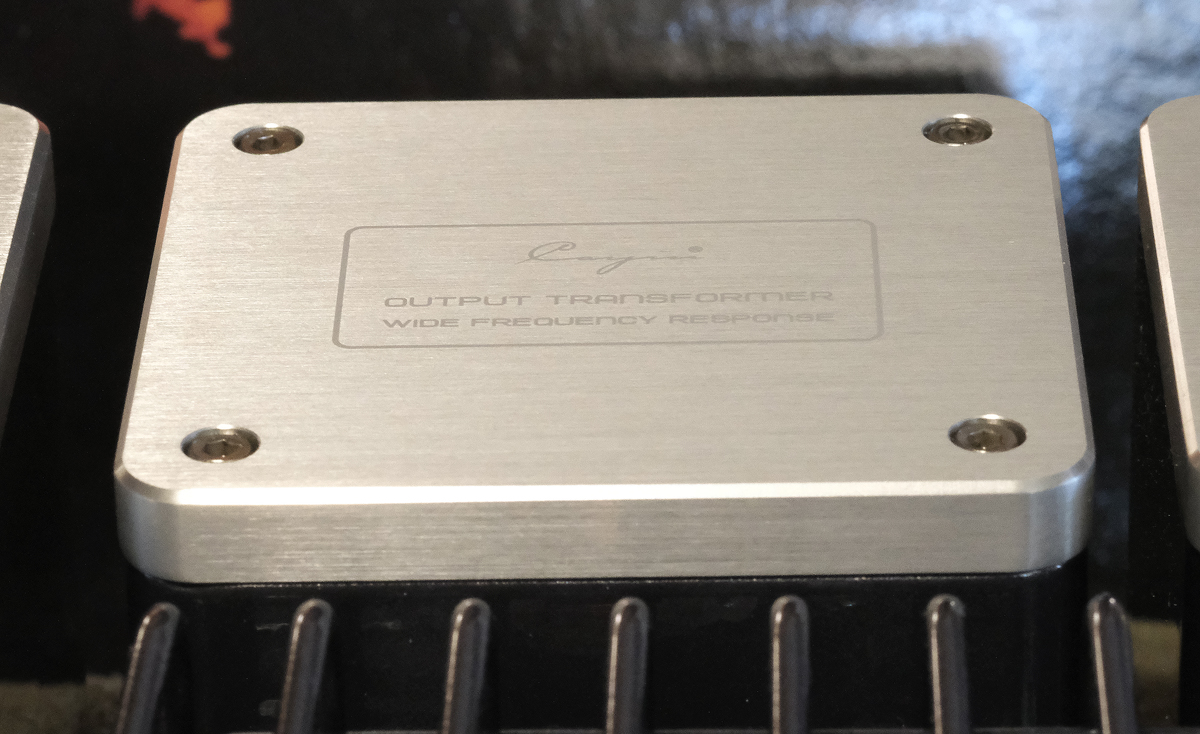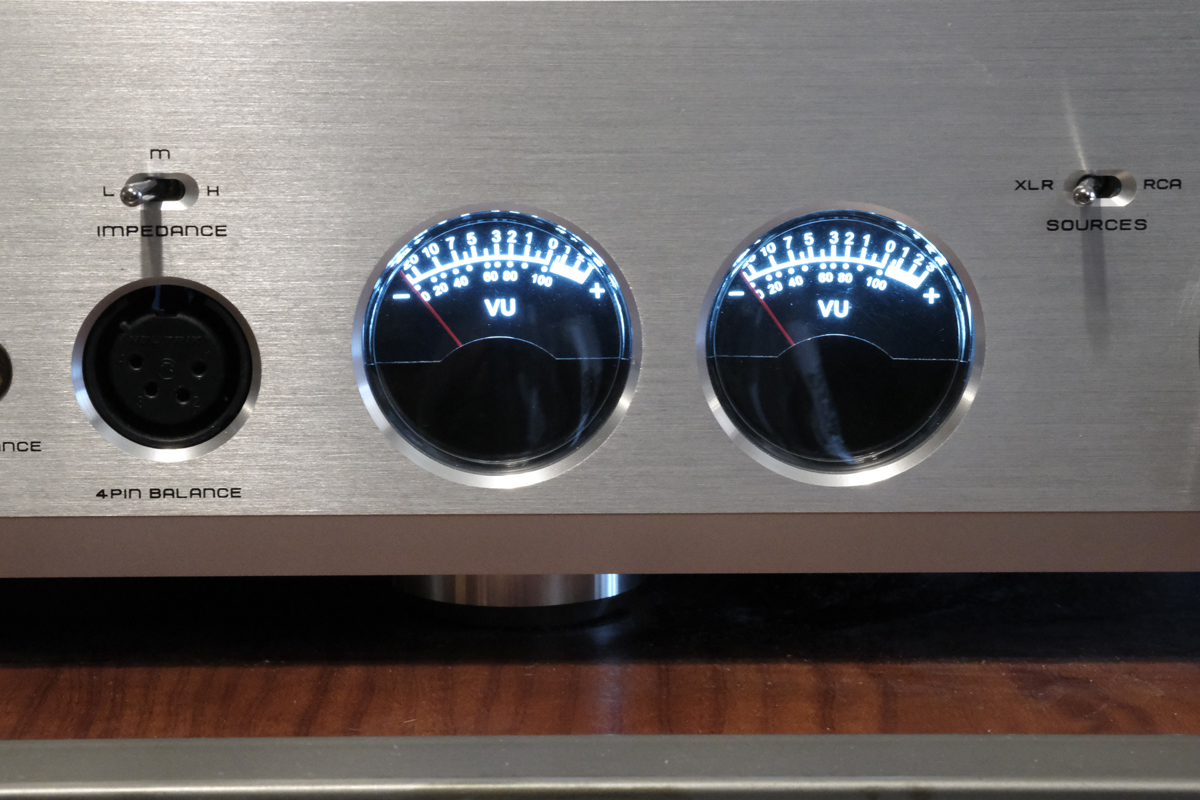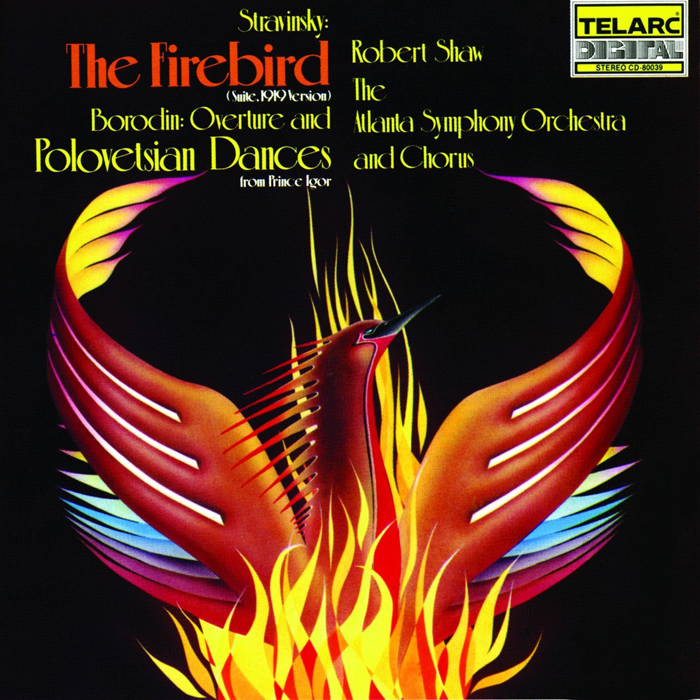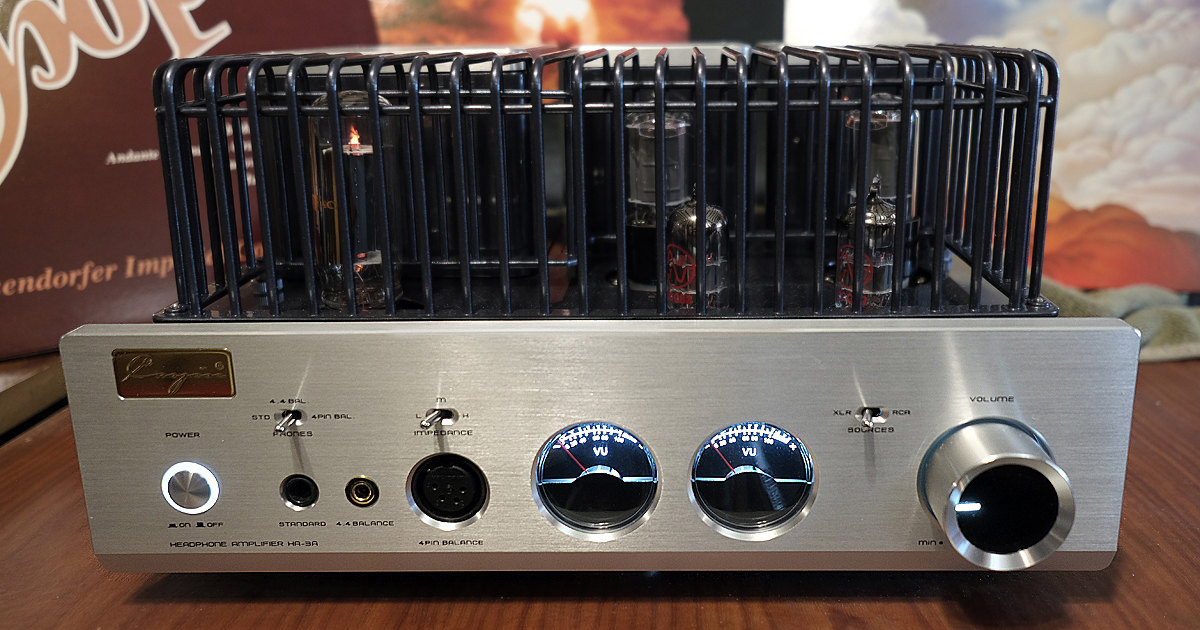My history with Cayin predates my entry into the Personal Audio scene, Cayin being one of the Audiophile Chinese tube amp companies to rise up to meet a growing demand for tube amps in the two-channel loudspeaker market, and me being a tube head. So, when I came across the Cayin HA-3A Tube Headphone Amplifier at FLAX 2023 I leapt at the opportunity to review it.
Cayin HA-3A Tube Headphone Amplifier:
According to Cayin, the key component in the design of the Cayin HA-3A Tube Headphone Amplifier is “First-Class Engineering Plus Refined Styling”, by this they mean that their decades-long experience in audio manufacturing is matched with the carefully selected performance-based components that went into the development of the HA-3A tube amp. The entire circuitry of the HA-3A is hand-wired by skillful craftsmen, while Cayin in-house designs, winds, and uses premium high-inductance, high-efficiency power transformers with a reinforced shielding design to minimize interference and noise, and the chassis and transformer pots are treated by Cayin’s proprietary 14-round crafting process. An “Anti-Interference Design” consisting of special shielding and an anti-shock design to effectively remove microphonics is employed along with a set of three 39x18mm XL shock-absorbing aluminum foot pads to provide a firm and stable amplifier placement at any hard flat surface with two in the rear to help handle the extra weight of the transformers.
The power supply of the HA-3A uses an RCA 22DE4 as a rectifier tube which minimizes interference and provides clean power to the amplification circuit. Cayin uses only carefully selected Hand-Matched Vacuum Tubes (matched pair JJ 12AU7/ECC82 driver tubes and matched pair 6V6EH Electro Harmonix output tubes) in their two-stage single-ended circuit. Both the single-ended and balanced headphone outputs are transformer-coupled using a secondary winding of the output transformer to provide an alternative phase and compose a balanced output, enabling balanced driving from a single-ended vacuum tube amplification circuit.

A high-performance 50KA*2 Dual Unit smooth potentiometer from ALPS is employed to ensure durable, high-precision volume control with excellent ease of use.
In appearance, the HA-3A is beautiful in a vintage tube amp sort of way, with 1/4″ thick milled aluminum tops to the transformer pots and a 5/8″ thick aluminum faceplate with dual VU meters set in it, a heavy aluminum volume knob, and a removable wire cage to protect the tubes. On the front panel, you will find an output impedance switch (Low: 8Ω ~ 64Ω, Medium: 65Ω ~ 250Ω, High: 251Ω ~ 600Ω), a headphone output switch to switch between the three headphone connections, a 6.35mm TRS Single-ended jack, a 4.4mm TRRRS Balanced output, and a 4-Pin XLR Balanced output, and an input switch to switch between single-ended RCA input and balanced XLR input, along with the power button, VU meters, and volume knob. The back panel is adorned with the aforementioned RCA and XLR inputs and the power receptacle.
On the input side, the XLR balanced inputs are converted to single-ended via input transformers retaining the full balanced signal. And unusually, all three headphone outputs have different rated outputs with the 4.4mm output being apparently aimed at IEMs.

Living with the Cayin HA-3A Tube Headphone Amplifier:
First impressions mean a lot and my first impression of the Cayin HA-3A Tube Headphone Amplifier upon opening the box was “Wow!” Included in the package was a pair of white rubber-tipped cotton gloves specifically for handling the amplifier without fear of dropping it (light it is not despite its tiny A4 [the international standard size for a sheet of paper] footprint) or leaving smudges. Since the HA-3A came fully assembled (with the tubes preinstalled) setup was simply a matter of placing it on my desk and connecting my usual reference kit consisting of my FiiO R7 Music Server, Audio-gd R2R-1 DAC, Black Dragon Cables, and Core Power Technologies A/V Equi=Core 1000. As I believed this to be the same unit I listened to at FLAX I decided to forego my usual 100 hours of burn-in to save wear and tear on the tubes and plugged my Dan Clark Audio EXPANSE Headphones in via the 4.4mm TRRRS in the low impedance setting not realizing that the output for the 4.4mm was intentionally reduced for use with IEMs and the sound was glorious despite not having the power I was expecting.

For my serious listening tests, I switched to my balanced cable. Launching Qobuz I selected The Zombies’ new album “Different Game” (24-bit/44.1kHz – Qobuz) (their first studio album release in 55 years) and as anticipated musicality was the name of the game. While their sound is distinctly different the band has lost none of their chops, and the HA-3A offered it up with warmth, clarity, and resolution. The bass was rich and full, and the sound stage was intimate with the keyboards and bass up front, the guitar and vocals set back a little, and the percussion in the rear. The piano had a deep Baldwin timbre and the strings were natural with the texture you get from small ensembles.

Switching to “Aşk” (24-bit/96kHz – Qobuz) by Altın Gün I was treated to a very similar experience with very different music and pace. Billed as ’70s style Turkish Psychedelic Altın Gün’s performance is frenetic with layers of Turkish string instruments and percussion bolstered with bass guitar and drums supporting a selection of Turkish vocalists, all presented with intimate realism by the HA-3A.

Switching to my most difficult to drive headphone, the HIFIMAN HE6se, I selected a live performance by another ’60s rock band, The Who with the Isobel Griffiths Orchestra (“The Who With Orchestra: Live At Wembley” – 24-bit/48kHz – Qobuz). It was front row at Wembley, with that spacious outdoor soundstage. All the power energy and dynamics of a live performance were captured by the HA-3A. While the HE6se has a more neutral tonal balance which leans a little bit into the extreme high frequencies, the musicality of the HA-3A made the experience enjoyable without adding a veil to the sound.

Before moving on to other headphones, I took this opportunity to test sub-bass performance selecting “And You And I — I. Cord of Life, II. Eclipse, III. The Preacher the Teacher, IV. Apocalypse” from Yes’ “Close to the Edge” (DSD) which has a synth passage at the beginning of the second movement that drops deep into the subsonic. While not extremely heavy I could feel when it hit that just weighted air point.

Next on the list was the Grado GS3000X. These single-ended dynamic headphones approach IEMs in efficiency and are great for testing noise floor. Returning to Qobuz I put on Jane Siberry’s “All the Candles in the World” (“When I was a Boy” – 16-bit/44.1kHz – Qobuz). The soundstage was open and spacious, the noise floor was sufficiently dark in relation to the music to give full resolution and texture. The bass was strong and tight and Jane’s dynamic vocal was amazing and musical.

Rotating to another weirdly demanding headphone the Spirit Tornio Twin Pulse Isobaric Headphone it was time for some Jazz so I started up Jean-Luc Ponty performing his epic “Mirage” from “Enigmatic Ocean” (16-bit/44.1kHz). Though relatively efficient the Twin Pulse demands a lot of power to achieve a fullness of sound, and the HA-3A delivered with aplomb providing an airy spacious ethereal soundstage and solid textured bass.

A torture test from the opposite end of the spectrum from the HE6se I broke out my Noble Audio Viking Ragnar IEMs which are so efficient that I could hear music coming through the HA-3A with the volume all the way down. Once again selecting the 4.4mm TRRRS output, the base tube noise was barely audible which placed the HA-3A a step above 90% of the desktop amps that have crossed my desk. The underlying vinyl noise of my 24-bit/96kHz vinyl rip of Robert Shaw and Atlanta Symphony Orchestra’s performance of “The Firebird Suite” (“Stravinsky: The Firebird; Borodin: Music from Prince Igor“) was significantly louder and covered the tube noise handily. As with everything else the musicality was sublime, and each instrument was treated as an individual, with air and solid placement in the huge soundstage. The timbre of instruments was so realistic that it was effortless to imagine yourself at the actual performance in the audience. And once again the dynamic range was stupendous. The snap and roll of the tympanies were so clear that there was never a question of what you were hearing.
Conclusions on the Cayin HA-3A Tube Headphone Amplifier:
Musical and dynamic, versatile as well, with unmatched fit and finish the Cayin HA-3A Tube Headphone Amplifier is one of the better headphone amps to cross my desk, especially given its relatively modest price range. It gives you that warm high resolution sound that only a pure tube amp can achieve without the coloration that often accompanies modern amplifiers trying to sound “tuby”.
The HA-3A provided tons of enjoyment regardless of headphone choice or music genre and my only regret is having to return it after this review is done. While I didn’t use it the ability to have two separate sources one balanced, one single-ended was much appreciated as with any long-term system I would eventually be using vinyl (I used the balanced exclusively for the review). Congrats Cayin, this one is a winner and receives my full recommendation to anyone who enjoys music.
Price: $1,599
Manufacturer’s Website: www.moon-audio.com
Specifications
| Frequency range: | 10hZ ~ 65kHz +/-3dB |
|---|---|
| TH+D: | 1% (1kHz) |
| Sensitivity: | 220mV ~ 450mV |
| S/N Ratio: | 98dB (A-weighted) |
| Headphone impedance: | L:8~64Ω; M:65~250Ω; H:251~600Ω |
| Headphone connectors: | 6.35mm x1; 4.4mm balanced x1; 4-pin XLR x1 |
| Input connector: | XLR, RCA |
| Tube used: | Output: 6V6EH Electro Harmonix x2; Driver: JJ 12AU7/ECC82 x2; Rectifier: RCA 25AX4GT x1 |
| Dimensions: | 360mm x 322mm x 197mm |
| Net weight: | 19.5 kg |
| Fuse: | ~ US Voltage 100V-120V: T2AL25OV |
| Power consumption: | 140W |
| Working condition: | 0℃~40℃; moisture: 20%-80% |
| Storage condition: | -20℃ ~70℃; moisture: 20%-80% |
RATED OUTPUT
| 4-Pin XLR (BAL) | 600mW (L); 750mW (M); 850mW (H) |
| 4.4mm (BAL) | 230mW (L); 350mW (M); 400mW (H) |
| 6.35mm (SE) | 400mW (L); 600mW (M); 700mW (H) |















Want to join discussion?
Feel free to contribute!